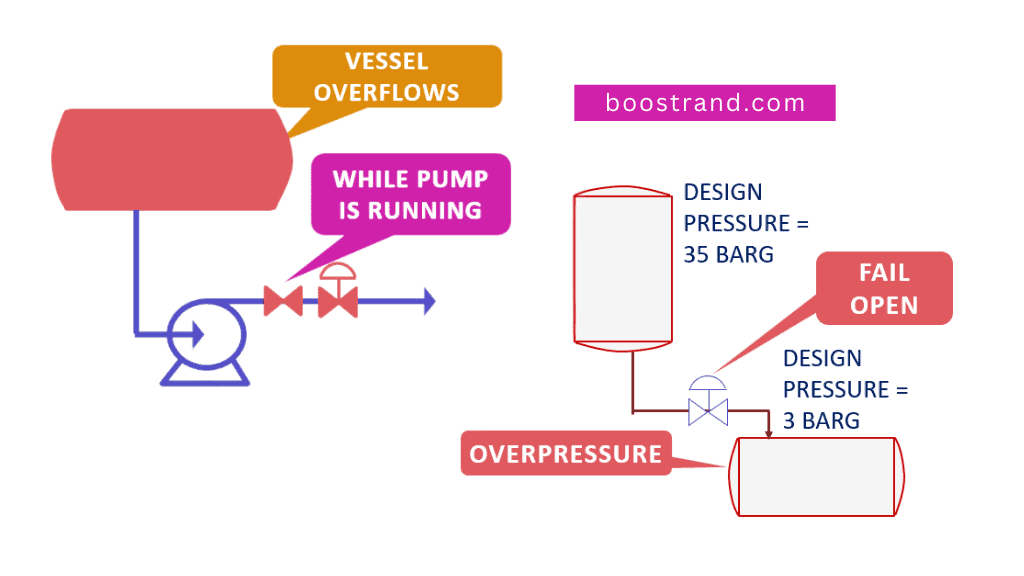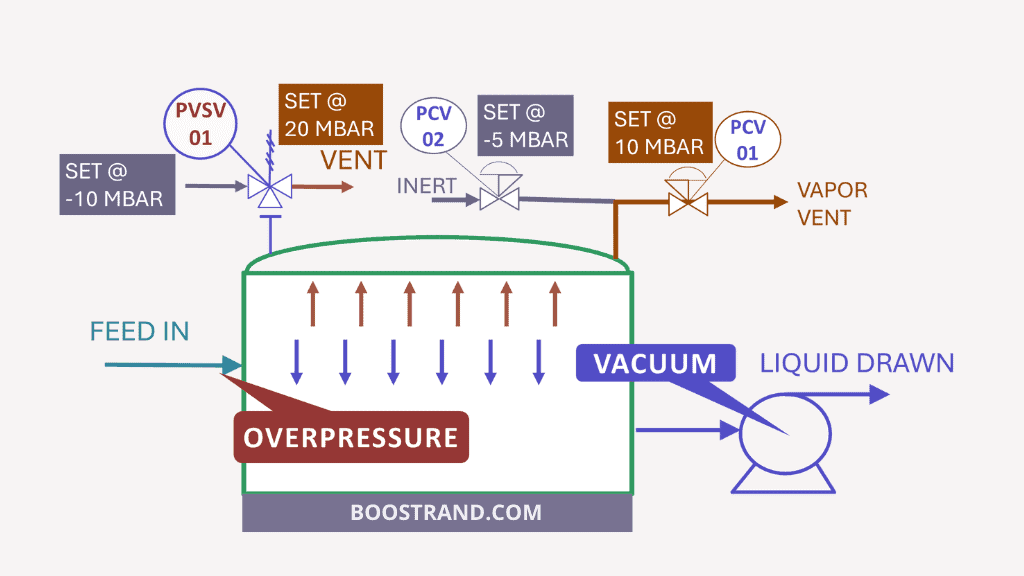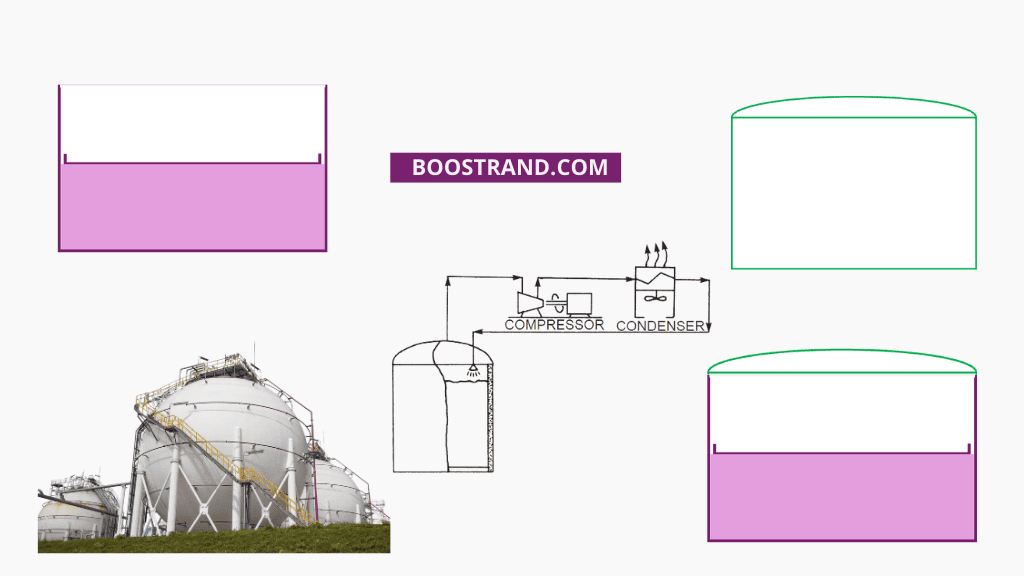Process design plays a crucial role in the success of any plant operation. It’s a long journey starting from process modeling and passing through sizing and design activities, then ensuring that process components are procured as requested up to starting up the plant at site.
This involves a series of decisions and calculations, including equipment sizing, control schemes, and process shutdown protocols. If you like to know the story from the beginning, you can start reading the previous articles talking about the process design documents and activities and the role of process design in a typical project, depending on the project stage.
In this article, we will talk more about the importance of proper process design, the key components of an effective process design, and how it can lead to increased efficiency, enhanced operability, and improved safety in plant operations.
The Importance of Proper Process Design
The importance of proper process design cannot be overstated. A well-designed process improves plant efficiency and ensures the facility’s safe and smooth operation. An efficient process design can reduce operating costs, increase production capacity, and improve product quality. On the other hand, a poorly designed process can result in costly downtime, equipment failure, and even catastrophic accidents.
One of the primary goals of process design is to optimize the use of energy and resources while minimizing waste and environmental impact. This requires a deep understanding of the physical and chemical properties of the materials involved, as well as the complex interactions between the various components of the process. By carefully analyzing these factors, engineers can create a process design that maximizes efficiency, enhances operability, and ensures safety.
Process Engineering Masterclass
Become a Professional Process Engineer, discover process engineering career, role, activities and common practices with access to most of the courses here.
Optimizing Plant Cost
Proper process design can significantly impact the overall cost of plant operations. By optimizing the flowsheet and system capacity, equipment sizing, pipe sizing, and other design factors, engineers can help to reduce fixed costs and avoid oversized equipment. Additionally, a well-designed process can result in increased production capacity and improved product quality, further contributing to the overall profitability of the plant.
For example, when simulating the operation of a tower, optimizing the reboiler and condenser duties shall result in a smaller size of the condenser, reboiler, and overhead drum.
A high reflux ratio shall decrease the number of the tower’s trays, which may lead to a tower with smaller dimensions. However, it shall increase the reboiler and condenser duties, leading to larger reboiler and overhead system. In addition, we shall need a reflux pump with a higher capacity. We have made an article talking about different guidelines and design parameters that should be taken into consideration when sizing a tower.
So here, it’s a process engineer’s job to optimize the tower’s operation to ensure it shall lead to optimized dimensions of the tower, reboiler system, and overhead system.
Maximizing Plant Efficiency Through Effective Process Design
Effective process design is crucial for maximizing plant efficiency. By carefully selecting and sizing equipment, implementing appropriate control schemes, and optimizing process parameters, engineers can help to ensure that the plant operates at peak performance. Improved efficiency can lead to reduced operating costs, increased production capacity, and a more competitive position in the market.
For example, we may consider energy integration between hot and cold fluids in the process. This shall minimize the consumption of cooling water and steam. If we have a stream that needs to be cooled, we can use an air-cooled exchanger, which shall eliminate the use of cooling water. Even if the air temperature is high compared to the temperature we are targeting, we can use an air-cooled exchanger followed by a water-trim cooler. This shall also minimize the cooling water consumption. For example, you can check out the article comparing air-cooled exchangers to water coolers.
Ensuring Safety in Plant Operations with Proper Process Design
Safety is a top priority in any plant operation, and proper process design is critical in ensuring the safety of both plant operators and the surrounding environment. By designing processes with the necessary safety measures in place, such as equipment protection and relief and blowdown systems, engineers can help to minimize the risk of accidents and equipment failure. In our P&ID course, we have talked in detail about different layers of protection that should be considered to ensure the safety of the plant.
A safe process design should ensure that all upset scenarios shall be addressed and the plant is already protected. For example, what if the discharge system was blocked in a centrifugal pump? This shall lead to high pressure in the discharge. That’s why a process engineer should consider the discharge system’s design pressure to withstand the pump’s shutoff pressure. In this case, we shall be sure that even if some valve on the discharge is closed by mistake, the discharge system can withstand maximum pressure.
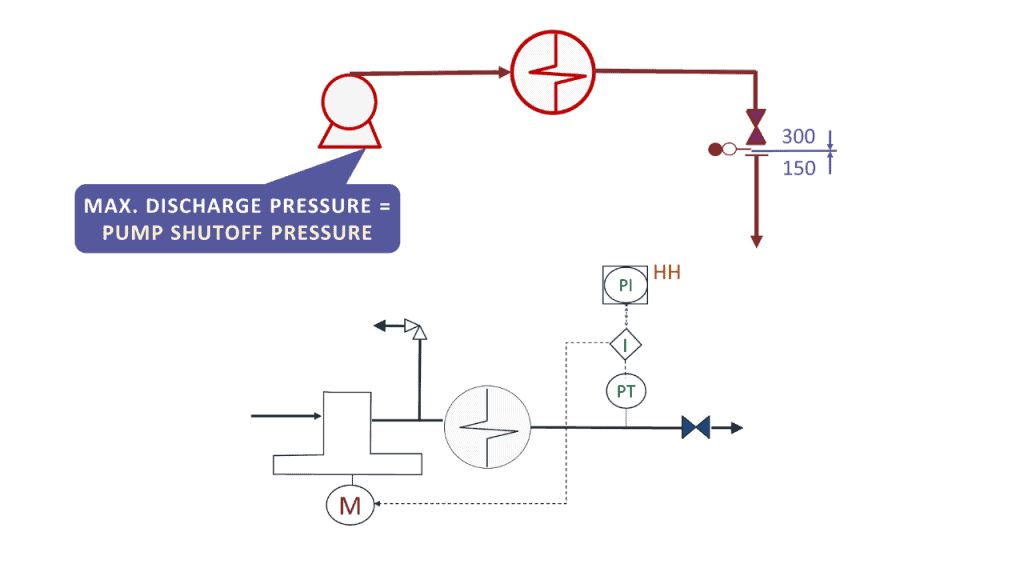
If this pump is a positive displacement pump with no discharge pressure limit. Here, we cannot assign a design pressure that withstands blockage in the discharge pressure; we shall need to protect the system externally. So we shall install a pressure transmitter with a high-high alarm. If some blockage occurs and a very high pressure is detected, a signal shall be sent through the shutdown system to trip the pump. So here we prevented the blockage.
If you’d like to understand more about the difference between a centrifugal and a positive displacement pump, their operation and when to choose them, you can check out our pump hydraulics course.
In addition, we shall add another layer of protection to mitigate the blockage. This can be through a pressure safety valve that shall open once the pressure reaches its set pressure and divert the flow to an open system.
Enhancing Operability with Well-Designed Processes
Well-designed processes focus on improving plant efficiency and target easy operability. By creating processes that are easy to control, maintain, and troubleshoot, engineers can help ensure that plant operators can effectively manage the facility’s day-to-day operations. This can lead to reduced downtime, increased productivity, and a more positive work environment for plant personnel.
This can be noticed in the following factors:
- Proper control schemes, where the control loops give an accurate response in time based on the criticality of the loop.
- Adding required instruments to measure process parameters so that the operator can easily monitor and track the performance of each piece of equipment. This shall help him troubleshoot any issue. In our P&ID course, we have given examples on how to use instruments for smooth operability and monitoring plant performance.
- Add alarms at critical parameters so the operator is notified of any issue. Alarms should be added only as needed, as too many alarms shall disturb the operator.
Easy Plant Maintenance
Proper process design can also contribute to more straightforward plant maintenance. By designing processes with easy access to equipment and isolation points, engineers can help to ensure that maintenance tasks can be performed efficiently and safely. This can lead to reduced downtime, lower maintenance costs, and extended equipment lifespan.
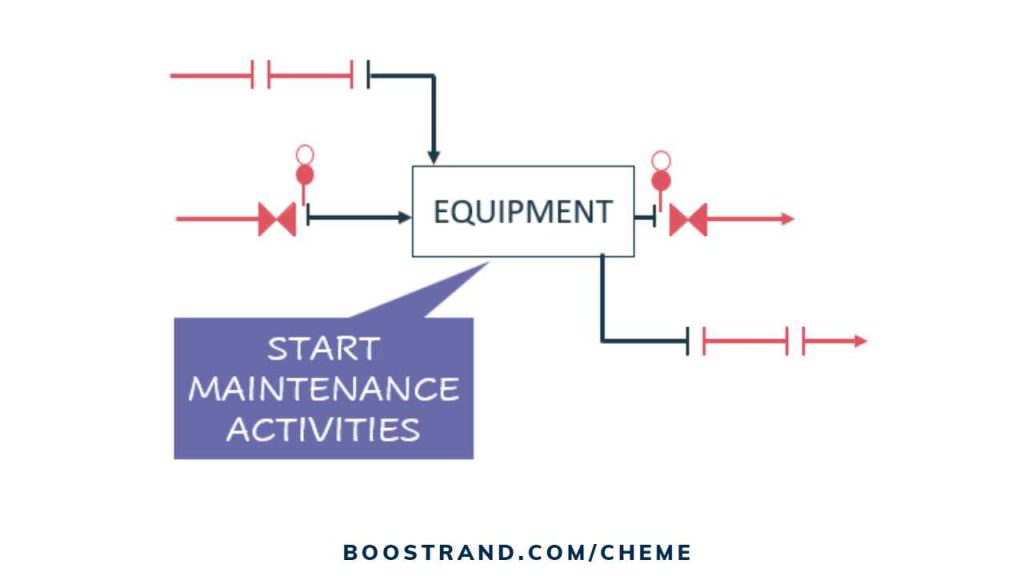
That’s why the design should always consider how the system or the piece of equipment shall be maintained. This can be shown in:
- Choosing a maintainable equipment type: For example, if we have a shell and tube exchanger serving a fouling fluid, we shall need a removable bundle in order to consider its cleaning.
- Isolation: How the equipment shall be isolated in order to start examining it.
- Evacuation: How we shall get rid of trapped liquid and vapor. This is done through drainage points and purging the vapor.
Minimizing Complicated Design
Engineers should strive to minimize the complexity of process design whenever possible. Complex designs can lead to increased costs, more frequent equipment failure, and a higher potential for operator error. Engineers can create a more efficient, reliable, and safe plant operation by simplifying process design and focusing on the essential elements.
That’s why a conventional equipment type is always preferred unless the service needs an unconventional one. A simple control scheme that is easy to tune and maintain would also be preferred, and so on.
Key Components of Process Design
a. Equipment Sizing
One of the most critical aspects of process design is equipment sizing. Properly sized equipment ensures that the plant can handle the required production capacity without overloading or underutilizing the equipment. This helps to minimize energy consumption, reduce maintenance costs, and extend the equipment’s lifespan. Engineers must consider factors such as flow rates, pressures, and temperatures when determining the appropriate size for each piece of equipment, which means that plant simulation should be well carried out.
Undersized equipment shall negatively affect the whole process and may lead to an off-spec product. On the other hand, highly oversized equipment would mean unnecessary costs, and sometimes, it can even affect the process. That’s why a process engineer should always optimize the equipment size.
Process Engineering Masterclass
Become a Professional Process Engineer, discover process engineering career, role, activities and common practices with access to most of the courses here.
b. Choosing Proper Design Pressure and Temperature
Selecting the correct design pressure and temperature for each process stage is crucial for maintaining the integrity of the equipment and ensuring safe operation. Design pressure and temperature should account for fluctuations in process conditions and accommodate any potential disturbances that may occur during operation. Failure to account for these factors can result in equipment damage or failure, posing a significant risk to plant operators and the surrounding environment. In our P&ID course, we have covered the common practices used to ensure an inherently safe plant by specifying proper equipment design conditions.
c. Control Scheme
The control scheme is the system used to regulate and maintain the desired process conditions. A well-designed control scheme can help maximize plant efficiency, enhance operability, and ensure safety. Engineers must carefully select the appropriate scheme for each system or equipment to ensure smooth control.
In addition, choosing the appropriate parameter to control the system, whether it is temperature, pressure, flow rate, or level, is essential for monitoring and adjusting the desired process conditions. Proper selection of control parameters is essential for maintaining stable process operation and smooth control.
If you’d like to know more about choosing the proper control scheme, you can check out our article.
d. Proper Hydraulic Checks
Conducting proper hydraulic checks is critical for identifying and addressing any potential issues with the flow of fluids through the process.
This includes ensuring that the piping and equipment are designed to handle the required flow rates and pressures and making any necessary adjustments to optimize efficiency and prevent equipment damage or failure.
For example, we should ensure that pump hydraulics are carried out to calculate its required differential head, based on which the pump type shall be chosen and purchased. This also applies to a control valve where the pressure drop affects its CV. For a reboiler or a condenser to work efficiently with a very narrow pressure range, hydraulic calculations should be carried out to ensure that the required duties shall be fulfilled.
e. Maintenance, Isolation, and Drainage
As a process engineer ensures the plant’s best performance during normal operation, he should also ensure that equipment maintenance activities shall be carried out smoothly.
In order to carry out maintenance activities, equipment or system would need to be isolated, and it should be emptied from the process fluid. Proper isolation, maintenance, and drainage procedures are essential for ensuring the safe and efficient operation of the plant.
Engineers must design processes with easy access to isolation points for equipment maintenance or shutdowns. Drainage systems should be designed to handle any potential spills, minimizing environmental impact and ensuring worker safety.
Process Engineering Masterclass
Become a Professional Process Engineer, discover process engineering career, role, activities and common practices with access to most of the courses here.
That’s why the project should follow a clear isolation philosophy and a clear drainage philosophy that should be shared with the operation team and applied in the process P&IDs.
f. Equipment Protection
Engineers must design processes with the necessary equipment protection measures in place, such as pressure relief valves, rupture disks, and shutting down the system at upset conditions. These measures help to ensure the safe operation of the plant and prevent catastrophic equipment failure in the event of a process upset or disturbance.
This is highly important that safety sessions and studies, such as HAZOP and SIL, should be carried out before implementing any project in order to ensure that the design addresses all potential upsets in the plant and that the equipment is well protected.
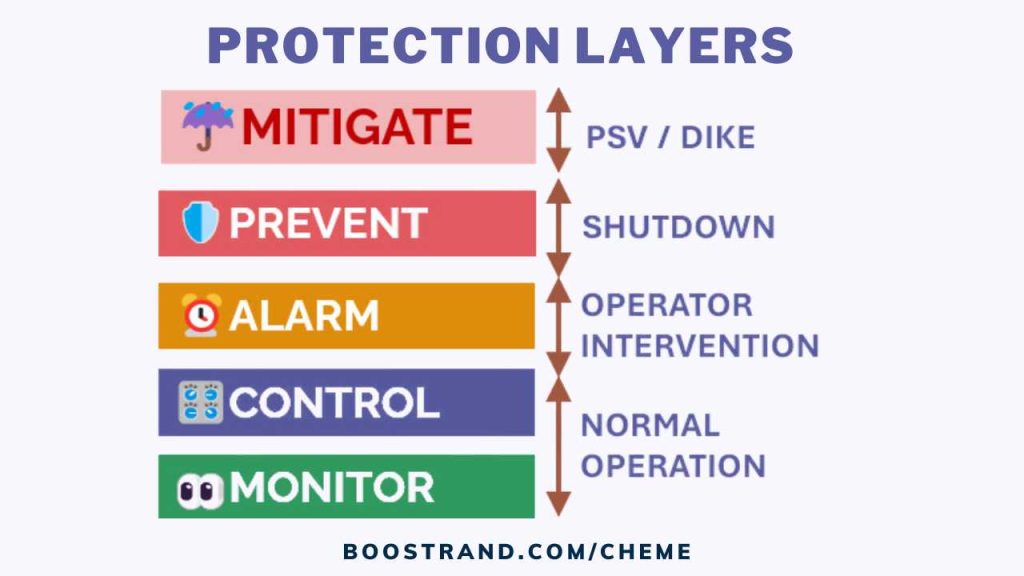
g. Relief and Blowdown
The relief and blowdown system is an essential component of plant safety, designed to release excess pressure or vent hazardous materials in the event of an emergency. Properly designed relief and blowdown systems shall ensure proper operation of pressure safety valves and blowdown systems and ensure efficient equipment protection, thereby minimizing the potential for equipment damage or failure and protecting plant operators and the surrounding environment.
Conclusion
In conclusion, proper process design is essential for maximizing plant efficiency, enhancing operability, and ensuring safety. By carefully considering factors such as equipment sizing, control schemes, process parameters, plant safety, and easy maintainability; engineers can create an effective process design that not only improves plant performance but also contributes to a safer and more productive work environment for plant personnel. That’s why prioritizing process design as a key component of plant success is more critical than ever.
Start your Career
Access Process Engineering Introduction Course
Share this:
[…] creation of a PFD is typically based on the output of process simulation software. We have discussed plant simulation’s role in a project in the previous article. In a nutshell, process simulation involves using specialized software to model and analyze the […]
